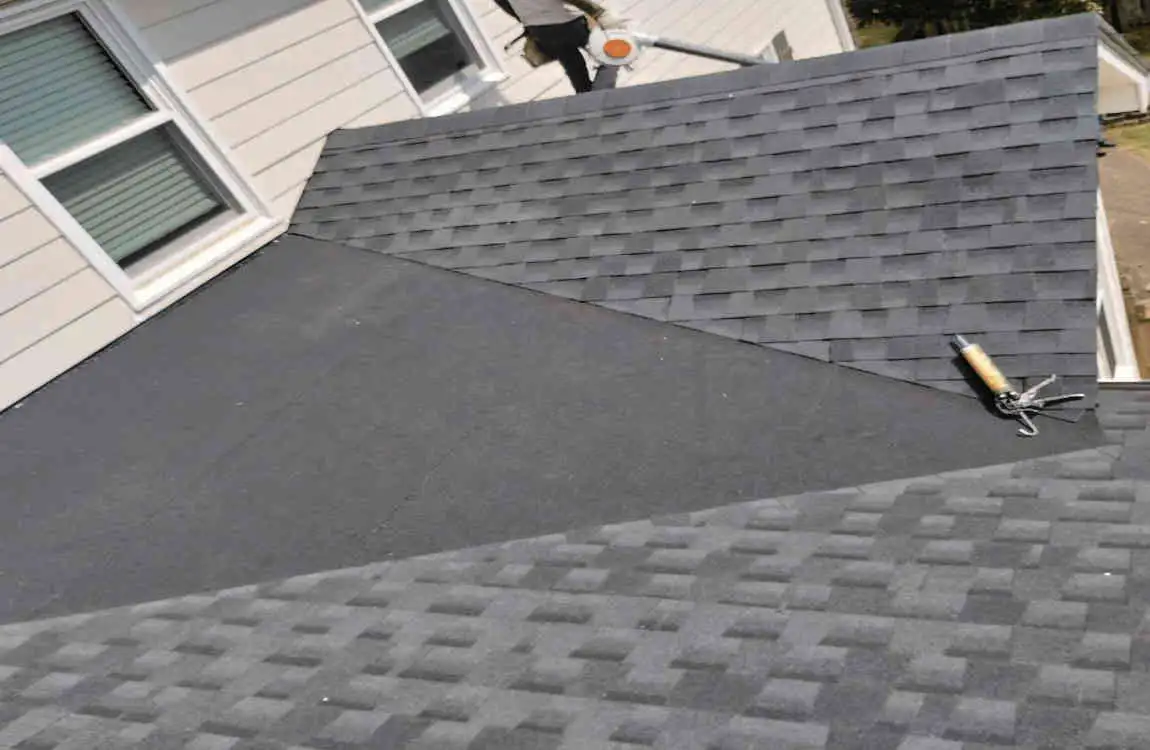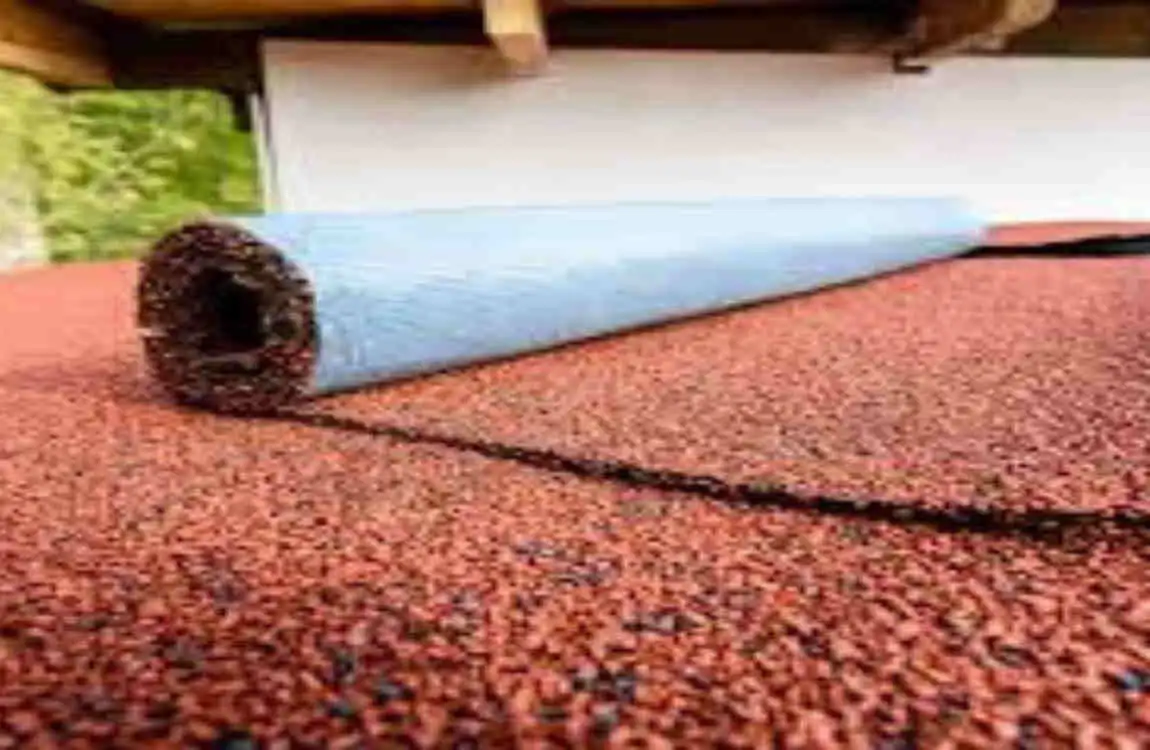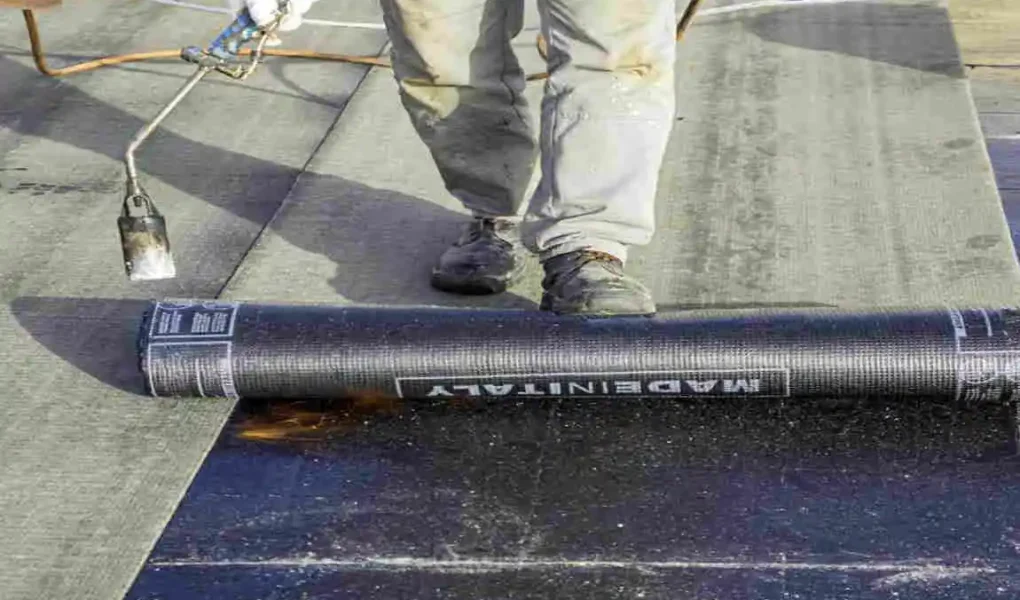When it comes to roofing your home, one of the first questions that pops into your mind is, “How much does a roll of rolled roofing cost?” If you’re considering this option, you’re not alone. Rolled roofing is a popular choice for many homeowners due to its affordability and ease of installation.
What is Rolled Roofing?

Understanding Rolled Roofing Materials
Rolled roofing is a type of roofing material that comes in large, flexible sheets or rolls. It’s primarily made from asphalt but often includes other materials like fiberglass or mineral granules. This roofing style is designed for low-slope roofs and is easier to install than traditional shingles. Because it rolls out like a carpet, it covers large surface areas quickly.
You may also read (what are the most popular diy home projects in 2025).
Common Types of Rolled Roofing
- Asphalt-based rolled roofing: The most common type, affordable, and suitable for basic protection.
- Mineral-surfaced rolled roofing: Coated with mineral granules, this type offers added durability and weather resistance.
- Smooth-surfaced rolled roofing: A simpler finish, often used for sheds or garages.
Typical Uses and Ideal Roof Types
Rolled roofing is best suited for:
- Low-slope or flat roofs
- Small residential buildings, sheds, and garages
- Temporary or budget-conscious roofing solutions
Rolled Roofing vs Other Roofing Options
Compared to shingles or metal roofing, rolled roofing is:
- More affordable but less durable
- Easier and faster to install
- Less visually appealing with fewer style options
How Much Does a Roll of Rolled Roofing Cost?
Average Cost Per Roll
The price of a roll of rolled roofing varies widely depending on type and quality. On average, expect to pay:
- $30 to $100+ per roll
This price range encompasses a wide range of basic to premium rolled roofing materials.
What Does One Roll Cover?
Typically, a single roll covers about 100 square feet of roof area. This means you can estimate your roofing needs by measuring your roof’s square footage and calculating how many rolls you’ll require.
Cost Per Square Foot
Breaking down the price, rolled roofing usually costs between:
- $0.30 to $1.00 per square foot for materials alone.
Retail vs Wholesale Pricing
- Retail prices tend to be higher and include markup for individual consumers.
- Wholesale prices offer savings if you buy in bulk, which contractors often use.
Factors Affecting the Cost of Rolled Roofing

Material Quality and Grade
The quality of the rolled roofing affects its cost significantly:
- Low-end rolls are cheaper but wear out faster.
- Premium rolls cost more but offer better protection and durability.
You may also read (laminate flooring expansion what homeowners need to know).
Thickness and Weight
Thicker, heavier rolls provide:
- Better weather resistance
- Longer lifespan
- Higher price tags due to more material used
Roof Size and Pitch Complexity
- Larger roofs require more rolls, increasing material costs.
- Steeper or more complex roofs might need additional materials and labor.
Geographic Location
Prices can vary by region due to:
- Local demand
- Material availability
- Shipping costs
Brand and Supplier Differences
Some brands are known for higher quality or warranties, which can influence prices.
Market Demand and Availability
- Seasonal demand spikes can raise prices.
- Supply shortages may also affect cost.
Additional Costs Beyond the Roll Price
Knowing the cost per roll is only part of the picture. Other expenses include:
Installation Labor Costs
- Average labor fees range between $1.50 $3.00 per square foot.
- Professional installation ensures the proper application and prolongs the product’s longevity.
Preparation and Removal
- Removing old roofing materials can add to labor and disposal fees.
Roofing Accessories
Necessary items include:
- Roofing cement
- Sealants
- Nails
- Underlayment
These can add several hundred dollars to your project, depending on size.
Equipment or Tool Rental (For DIY)
If you choose to install yourself, consider costs for:
- Roofing nailers
- Safety gear
- Ladders or scaffolding
Permits or Inspection Fees
Check local regulations, as permits or inspections may be required, adding to your budget.
DIY vs Professional Installation Cost Comparison
Pros and Cons of DIY Installation
DIY Advantages:
- Saves on labor costs
- Gives a sense of accomplishment
DIY Disadvantages:
- Risk of improper installation
- It can be time-consuming and physically demanding
- May void warranties
When to Hire a Professional
If your roof is large, steep, or complex, or if you want a warranty-backed installation, hiring a professional is the safer bet.
Impact on Total Cost and Warranty
Professional installation raises total costs but often includes:
- Warranty coverage
- Expert craftsmanship
- Faster completion
Pros and Cons of Rolled Roofing
Advantages
- Affordable compared to many other roofing types
- Quick and straightforward to install
- Widely available at home improvement stores
Disadvantages
- Shorter lifespan, usually 5-10 years
- More vulnerable to harsh weather conditions
- Less attractive compared to shingles or metal roofing
Long-Term Cost-Effectiveness
While rolled roofing saves money upfront, its shorter lifespan and maintenance needs might increase costs over time.
Tips for Budgeting and Saving on Rolled Roofing
Smart Buying Strategies
- Purchase only the amount you need to avoid waste.
- Compare prices from multiple suppliers and brands.
Timing Purchases
- Buy off-season to avoid peak pricing.
- Look out for sales or bulk discounts.
Consider Warranties and Durability
- Sometimes, paying more up front for better quality saves money in the long term.
Summary List: Budgeting Tips
- Measure your roof accurately
- Research and compare brands and prices
- Factor in installation and accessory costs
- Plan for future repairs or replacements
Conclusion
In conclusion, how much does a roll of rolled roofing cost? The answer depends on many factors, but you can expect to pay anywhere from $30 to over $100 per roll, covering roughly 100 square feet each. Beyond the roll price, installation, labor, and accessories add to the total cost.
Understanding these variables helps you plan your roofing budget wisely. Remember to weigh the pros and cons of rolled roofing and consider whether a professional installation fits your needs and budget.
Ready to move forward? Get quotes from local suppliers and contractors. Look beyond just the initial cost—think about quality, durability, and long-term value for your home’s roof.
You may also read (experience luxury and comfort at amini house).

